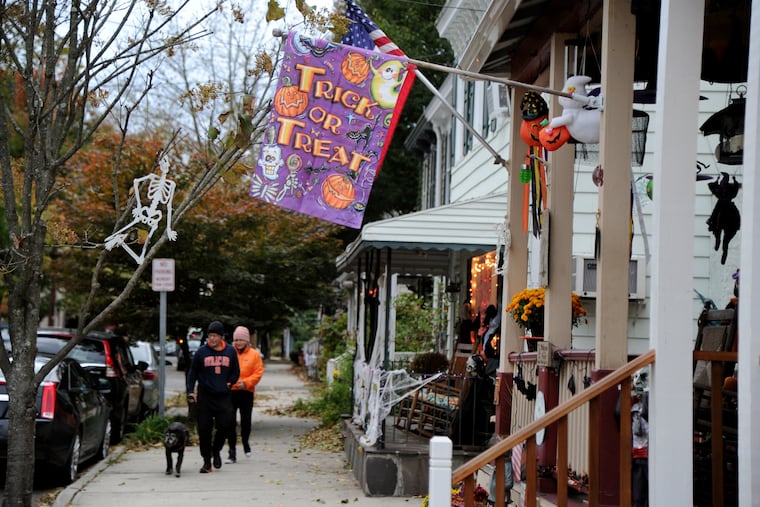When Halloween became America’s most dangerous holiday | Opinion
In the 1970s, people began to worry about poisoned Halloween candy, but the rumors weren't true.

In the 1970s, people began to worry about poisoned Halloween candy, but the rumors weren't true.
